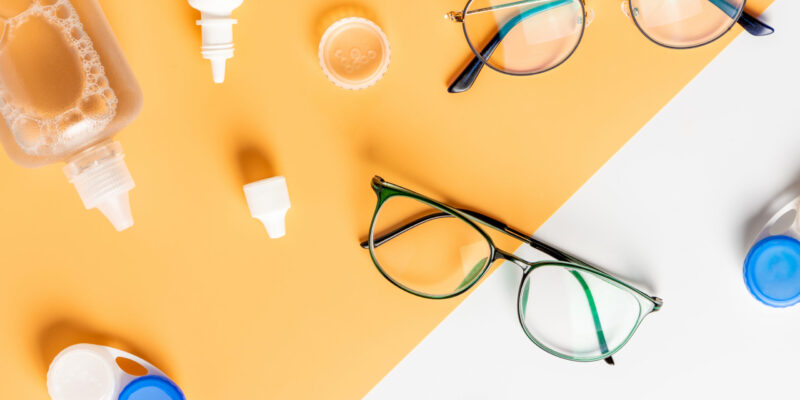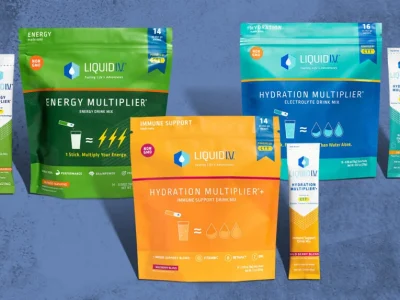Myopia (nearsightedness) is a frequent refractive defect that both children and adults suffer from. When light enters the eye, it is concentrated in front of the retina instead of directly on it, which results in blurred distance vision.
Myopia is frequently diagnosed during childhood, when a child’s eyes are growing quickly and can deteriorate until the eyes reach adult size—usually around 18.
Available Myopia Treatment
Corrective lenses, such as contact lenses or glasses, are commonly used as a myopia treatment. However, while eyeglasses can increase visual clarity and help you see better, they cannot delay myopia’s growth.
Although a treatment for myopia has yet to be identified, a regimen called Myopia Management has been shown to slow or prevent the advancement of myopia.
Understanding Myopia Control Options
Myopia control tries to decrease the evolution or worsening of myopia in children and teens such that their ultimate level of myopia is less than it would have been if they had not received therapy.
Myopia management is critical for both improving your child’s or teenager’s vision with fewer prescription adjustments in youth and lowering their lifelong risk of eye illnesses and visual impairment linked with greater degrees of myopia.
Treatments for myopia management include specialised spectacle lenses, soft contact lenses, and ortho-k.
The ideal option for your kid or adolescent’s myopia management therapy will consider several factors such as their prescription, eye health, interests, activities, and even what is best for you as a family.
Myopia control spectacles
Specific designs of single-focus spectacles (glasses) decrease infantile myopia’s worsening. In addition, myopia-controlling glasses can correct impaired vision and decrease the growth of myopia.
They are safe to wear, and adaption is usually straightforward, with the only drawbacks being the constraints that glasses impose on sports and active lives.
Soft contact lenses
Specific forms of contact lenses, however, do decrease the progression of infantile myopia. These unique designs can both cure myopia’s impaired vision and act to reduce myopia growth. Soft myopia control contact lenses and orthokeratology are two choices.
During the day, soft contact lenses are used to correct myopia. You can use them on a daily basis or for up to a month. They often need more fitting sessions than glasses but fewer than ortho-k. Typically, adaptation to the lens-on-eye sensation takes a few days. There are advantages in terms of safety, with daily disposable lenses being the safest modality and the number of lenses kept implying that loss or breakage is less of a practical concern.
Orthokeratosis contact lenses
Ortho-k contact lenses are worn overnight and removed when you wake up, so you don’t need spectacles or contact lenses to see clearly throughout the day. However, they may need more fitting sessions than other methods of myopia management treatment.
There are substantial advantages for aquatic sports and busy lives, and because the contact lenses are only worn at home, they are less likely to be lost or broken while in use.








Comments